50+ Sample Project Agreement
-
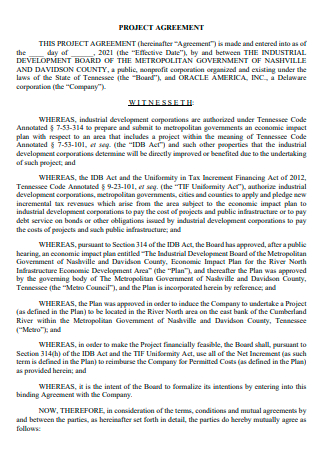
Project Agreement Template
download now -
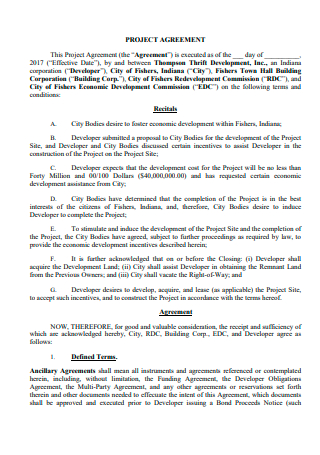
Basic Project Agreement
download now -
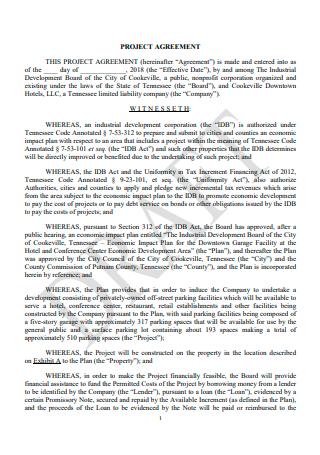
Draft Project Agreement
download now -
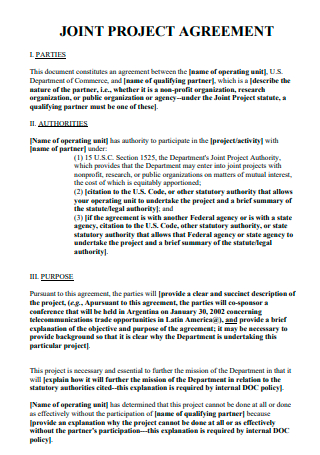
Joint Project Agreement
download now -
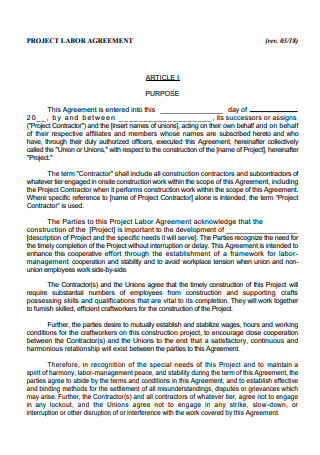
Project Labor Agreement
download now -
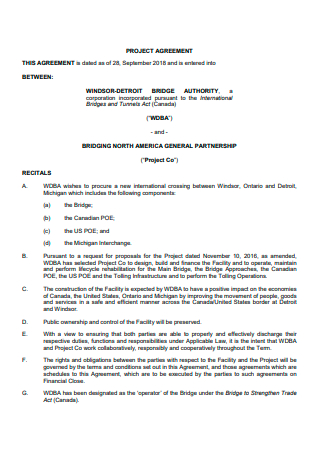
Project Agreement in PDF
download now -
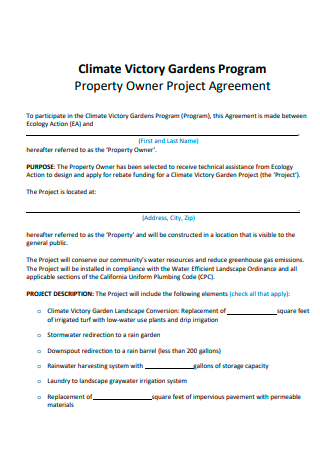
Property Owner Project Agreement
download now -
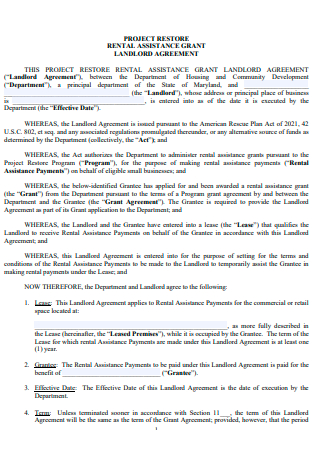
Project Restore Rental Assistance Grant Landlord Agreement
download now -
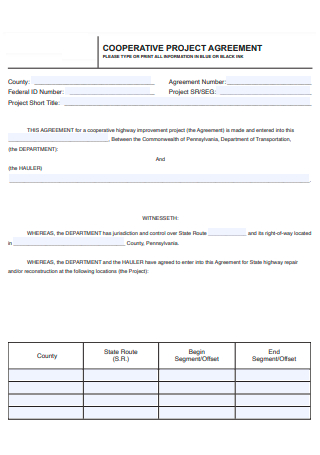
Cooperative Project Agreement
download now -
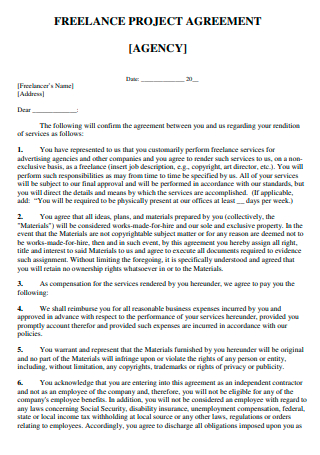
Freelance Project Agreement
download now -
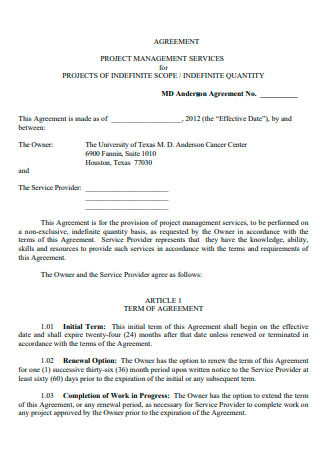
Project Management Services Agreement
download now -
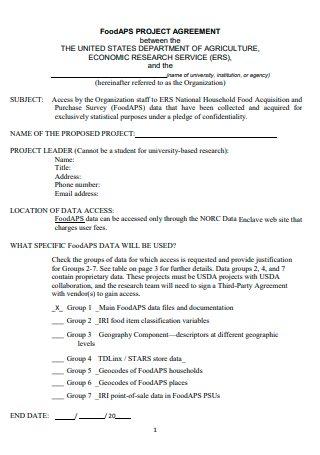
Food Project Agreement
download now -
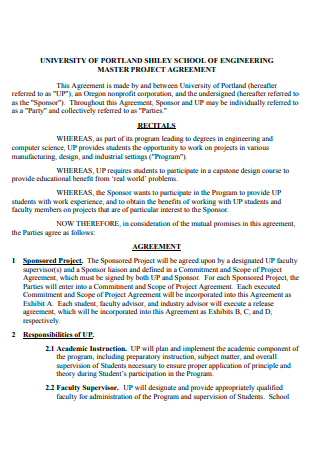
Master Project Agreement
download now -
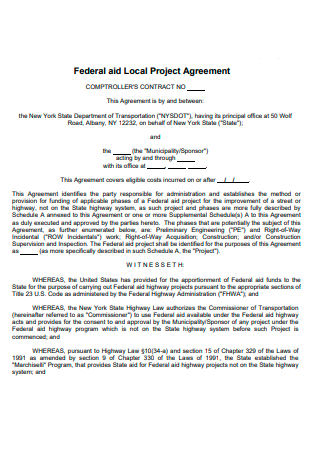
Federal Aid Local Project Agreement
download now -
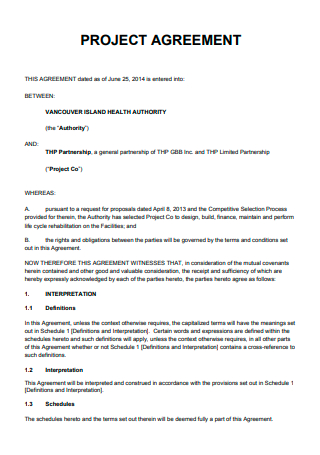
Formal Project Agreement
download now -
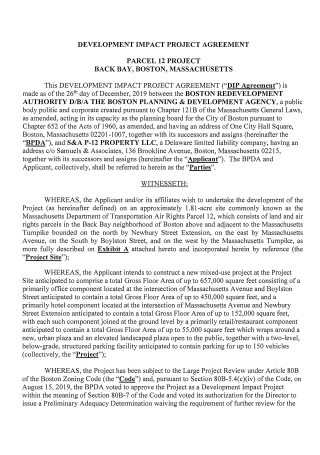
Development Impact Project Agreement
download now -
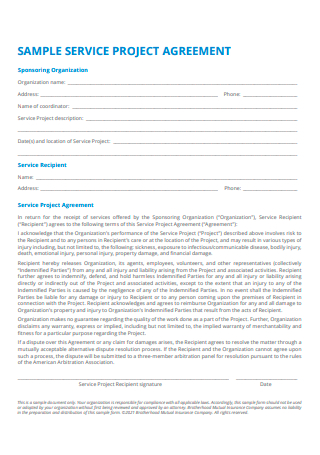
Sample Service Project Agreement
download now -
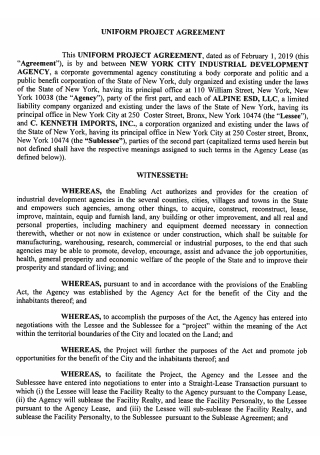
Uniform Project Agreement
download now -
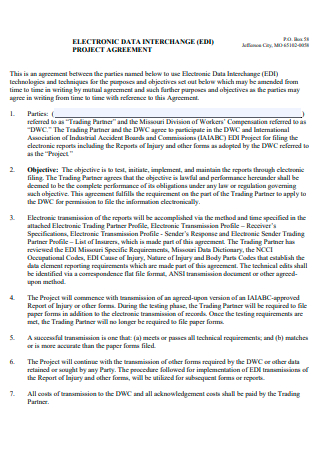
Electronic Data Interchange Project Agreement
download now -

Municipal Project Agreement
download now -
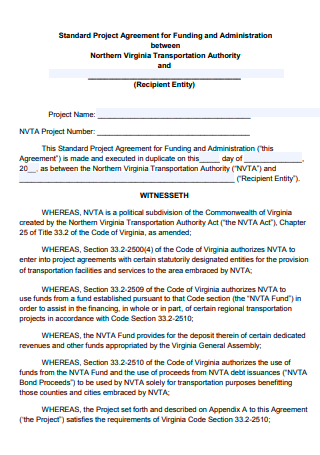
Standard Project Agreement
download now -
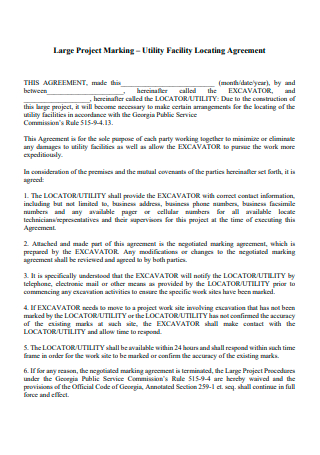
Project Marking Utility Facility Locating Agreement
download now -
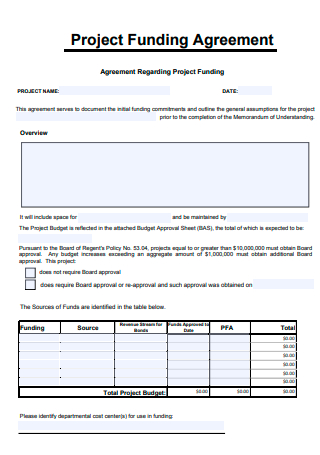
Project Funding Agreement
download now -
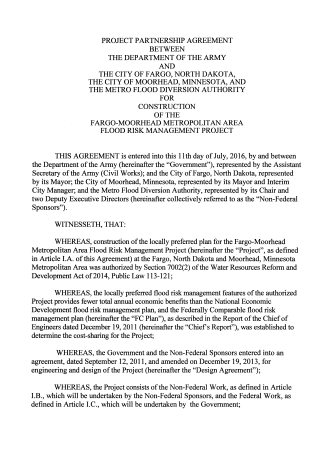
Project Partnership Agreement
download now -
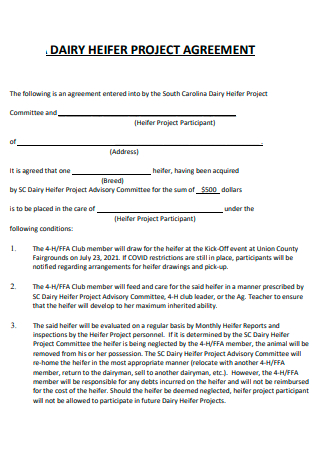
Diary Project Agreement
download now -
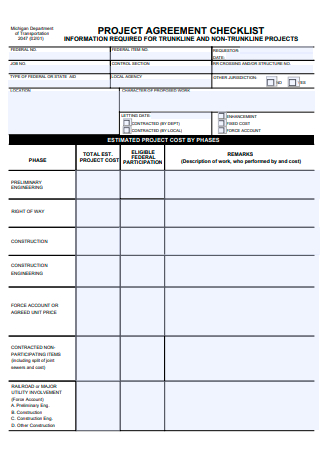
Project Agreement Checklist
download now -
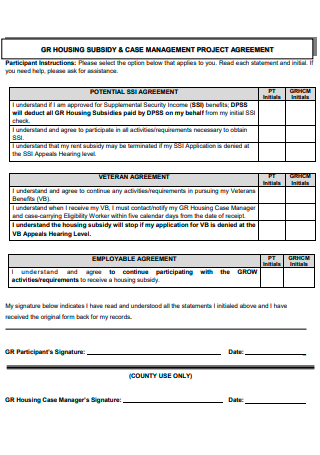
Housing Subsidy and Case Management Project Agreement
download now -
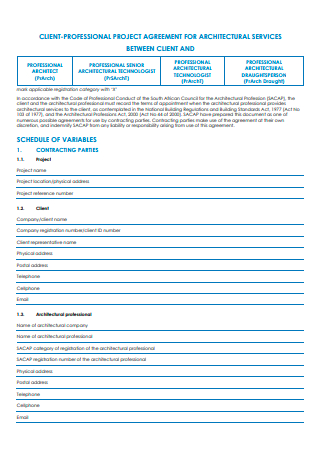
Client Professional Project Agreement
download now -
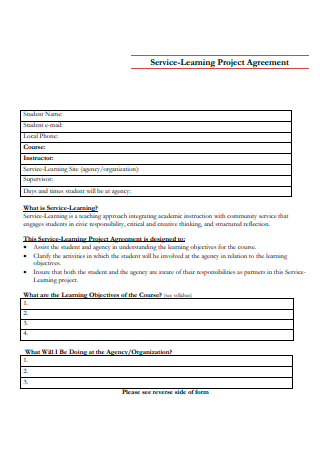
Service Learning Project Agreement
download now -
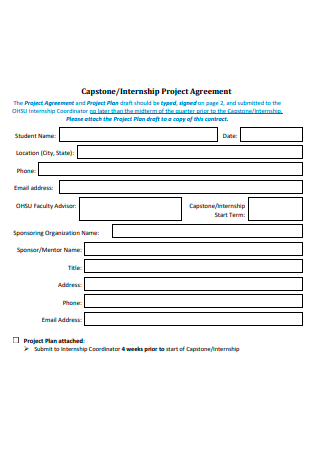
Internship Project Agreement
download now -

Project Transfer Agreement
download now -
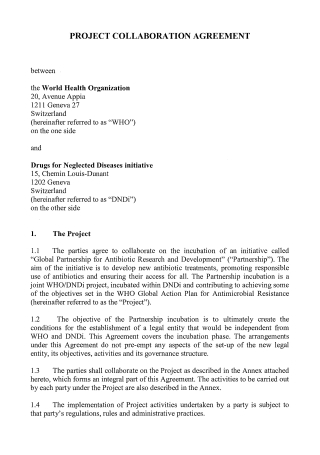
Project Collaboration Agreement
download now -
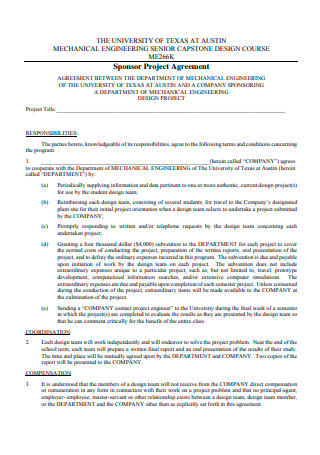
Sponsor Project Agreement
download now -
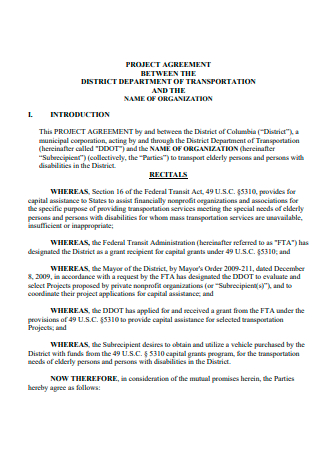
Printable Project Agreement
download now -

Project Agreement For Administrative Services
download now -
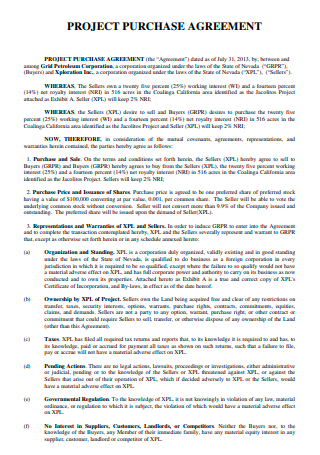
Project Purchase Agreement
download now -
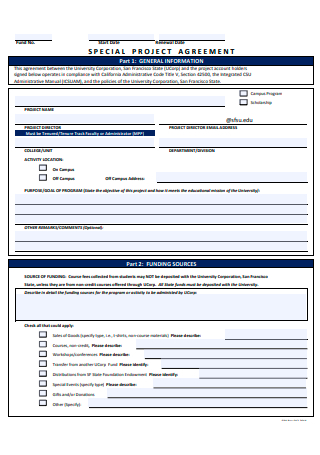
Special Project Agreement
download now -

Project Specific Agreement
download now -
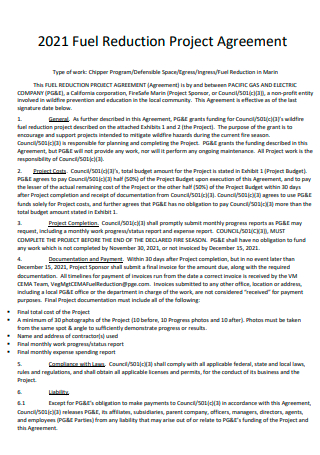
Fuel Reduction Project Agreement
download now -
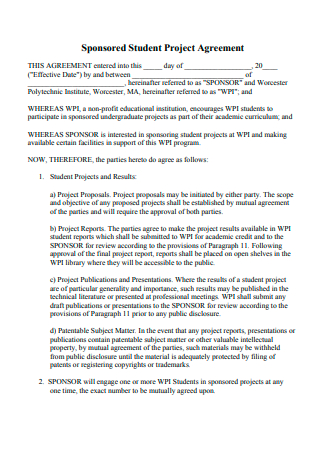
Sponsored Student Project Agreement
download now -
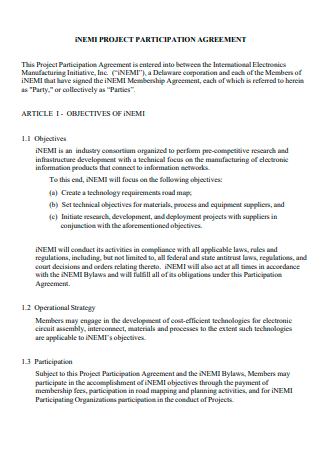
Project Participation Agreement
download now -
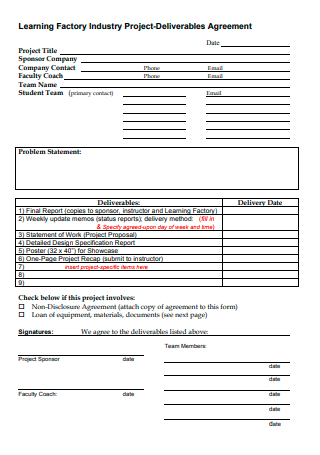
Learning Factory Industry Project Deliverable Agreement
download now -
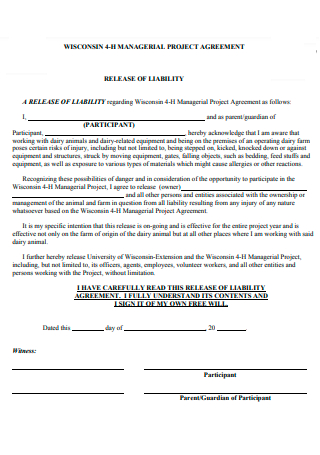
Managerial Project Agreement
download now -
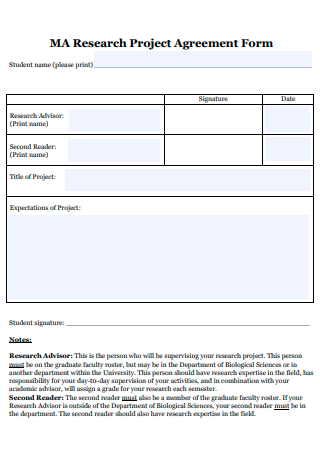
MA Research Project Agreement Form
download now -

Senior Design Project Agreement
download now -
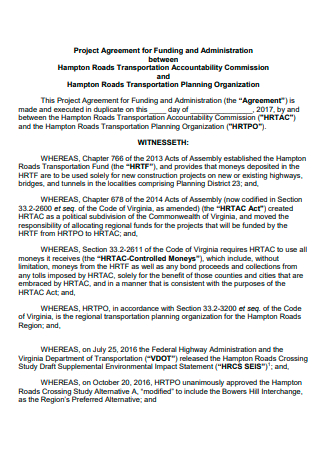
Project Agreement For Funding and Administration
download now -

Project Agreement Example
download now -
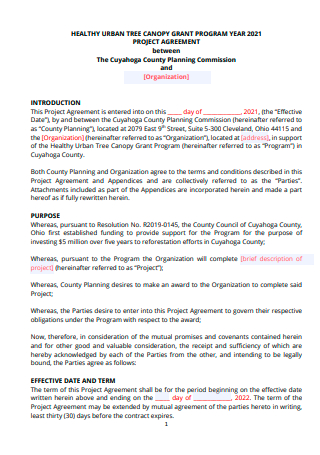
Simple Project Agreement
download now -
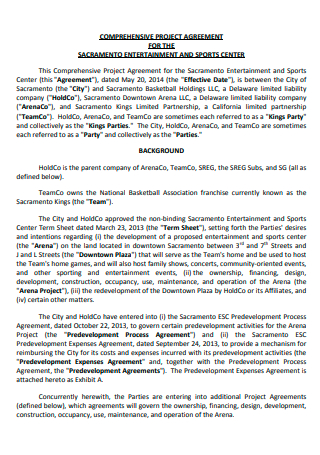
Comprehensive Project Agreement
download now -
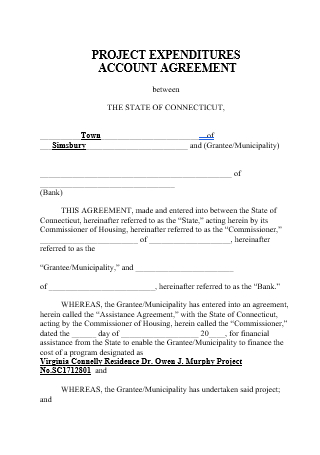
Project Expenditure Account Agreement
download now -
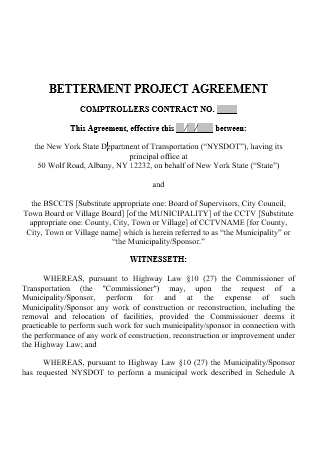
Project Agreement in DOC
download now
FREE Project Agreement s to Download
50+ Sample Project Agreement
What Is a Project Agreement?
Components of a Project Agreement
How To Write a Comprehensive and Effective Project Agreement
FAQs
What is an agreement for project management?
What is the purpose of writing a project labor agreement?
What is an agreement form?
What Is a Project Agreement?
A project agreement is a legally binding document between an owner, may it be an individual, group or organization, or developer of a project, and the contractor, whether a company or trade union, that will perform the work. A project agreement is an agreement that modifies the terms and conditions of existing and applicable collective agreements to implement specific projects or a predetermined set of projects. The document describes a set of actions and possible compensation packages for the business deal. The terms and provisions in the agreement govern principal aspects of the project to guarantee its completion. The project agreement must be complete before the contractor starts working on the project to reduce the occurrence of miscommunications, misunderstandings, and complications due to the client changing their minds. Project agreements also replicate economic and environmental terms that apply to construction collective agreements with specific modifications to the applied conditions. These types of agreements are prevalent in the construction industry, both to independent contractors and company-based organizations.
According to the statistical data available at Statista, the United States construction industry has a value of 1.36 trillion US dollars at the end of 2020. The overall construction projects in both residential and commercial construction further decline to 0.2 percent between 2019 and 2020. By May of 2021, construction spending on residential projects rose to 751.25 billion US dollars from 584.17 billion US dollars from the previous year.
Components of a Project Agreement
When writing a project agreement for a company, remember that there is no one official format. It is also not necessary to be familiar with highfalutin words and specific terminology to write a comprehensive and clear project agreement. However, some terms and conditions must be present in the document for the contractor to deliver the goods or services that the client hires them to do. The section below provides the necessary components that the project agreement must contain and the descriptions to help both parties to understand the document.
How To Write a Comprehensive and Effective Project Agreement
Constructing a project agreement does not have to be a difficult task. If there are uncertainties in drafting the agreement, it is best to conduct a meeting between the parties with their legal counsel. It is advantageous to seek field experts and legal attorneys, especially with certain provisions concerning the project agreement. Once all parties are present for the drafting of the project agreement, the following steps can help you to proceed and create a comprehensive document.
-
1. Identify the Involved Parties of the Agreement
The first step to writing the project agreement is to determine the respective parties engaging in the agreement. Guarantee that the document states the full names of the contractor and client, or if dealing with organizations, indicate the legal names of the business under state registration to properly identify them. It is one of the most vital components of the project agreement. The next thing to indicate is the site location and start and end dates on the first page of the agreement.
-
2. Write Down the Project Description
After identifying the parties to the agreement, the next step is to indicate the project description. Make sure that the description is not too lengthy; instead, it must be clear and concise. Ensure there is a clear overview of the project and all necessary information relating to it. It must indicate the scope of the project to give the parties a clear understanding of tasks and needed materials to accomplish these tasks. In writing the project scope, create a bulleted list for better organization, making it easier to read and understand. The agreement must also provide financial information regarding the project as budget plans are essential to make it a success. All details about payments, fee charges, and due dates must be present in the document.
-
3. Indicate the Project Schedule
The next step of writing the project agreement is to include a project schedule to specify and define a workable timeline of the days that the project is ongoing and how daily tasks will go about, dividing the information for each working day. The ending date must be an honest estimation on the part of the contractor and provide other options for adjusting the schedule. If the contractor or client wants to specify tasks for each job title, indicate a job description or prepare a separate job contract.
-
4. Specify Governing Laws, Terms, and Conditions of the Agreement
After writing down the names of the parties, indicating the project description, and specifying the project schedule, the next step is to identify the laws, terms, and conditions surrounding the agreement. The document must mention which state or county of law the agreement follows to inform both parties of associated provisions. It is also necessary to specify the terms and conditions the agreement covers, making it easier for the readers to understand what they can and cannot do. The information acts as project guidelines or rules and regulations that cover every individual working under the agreement.
-
5. Review the Agreement and Allow the Signatories To Sign
After accomplishing all necessary information on the agreement, the next step is to go through the document again to ensure that there are no missing details that can cause confusion or misunderstandings. Recheck the entire agreement and make the revisions as necessary. It is also critical to check for grammatical and spelling errors. After verifying that the contents of the agreement are in check, the next step is to have the parties sign the document. Once the parties sign, the agreement becomes a legally binding document under the court of law.
FAQs
What is an agreement for project management?
A project management agreement is a business document, specifically a type of service agreement, where a client hires a contractor to manage or oversee a particular project on their behalf. The person responsible for governing a project is often called a project manager.
What is the purpose of writing a project labor agreement?
A project labor agreement is an example of a collective bargaining agreement that the government applies to a particular construction project, lasting only for a set duration. The purpose of writing the document is to ensure that the project uses union labor.
What is an agreement form?
An agreement form is also commonly known as a contract document. The document helps an individual to write or create a specific agreement. It also serves as a contract template.
A project agreement is essential in providing the client and contractor with the terms and conditions surrounding a particular project. For the parties to have a clear understanding of the document, it must contain essential information, including the names of the parties, site location, scope of work, project duration, compensation provisions, termination conditions, and governing laws. For a contractor to create a comprehensive agreement for their client, it is advisable to get the support of a legal attorney when constructing the agreement. It is also necessary to meet up with the client to commence negotiations of the project. Start writing a project agreement for your company by downloading from the 50+ SAMPLE Project Agreement in PDF | MS Word samples from the article above. Get yours today from Sample.net.
